ZHCSB48B May 2013 – January 2019 TPS55330
PRODUCTION DATA.
- 1 特性
- 2 应用
- 3 说明
- 4 修订历史记录
- 5 Pin Configuration and Functions
- 6 Specifications
- 7 Detailed Description
-
8 Application and Implementation
- 8.1 Application Information
- 8.2
Typical Application
- 8.2.1 Design Requirements
- 8.2.2
Detailed Design Procedure
- 8.2.2.1 Custom Design With WEBENCH® Tools
- 8.2.2.2 Selecting the Switching Frequency (R4)
- 8.2.2.3 Determining the Duty Cycle
- 8.2.2.4 Selecting the Inductor (L1)
- 8.2.2.5 Computing the Maximum Output Current
- 8.2.2.6 Selecting the Output Capacitor (C8-C10)
- 8.2.2.7 Selecting the Input Capacitors (C2, C7)
- 8.2.2.8 Setting Output Voltage (R1, R2)
- 8.2.2.9 Setting the Soft-start Time (C7)
- 8.2.2.10 Selecting the Schottky Diode (D1)
- 8.2.2.11 Compensating the Control Loop (R3, C4, C5)
- 8.2.3 Application Curves
- 9 Power Supply Recommendations
- 10Layout
- 11器件和文档支持
- 12机械、封装和可订购信息
6.6 Typical Characteristics
VIN = 5 V, TA = 25°C (unless otherwise noted)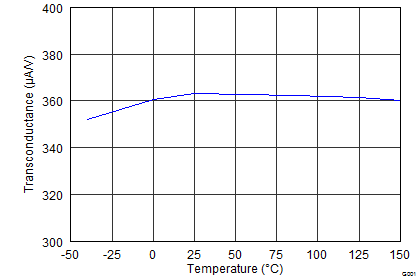 Figure 1. Error Amplifier Transconductance vs Temperature
Figure 1. Error Amplifier Transconductance vs Temperature 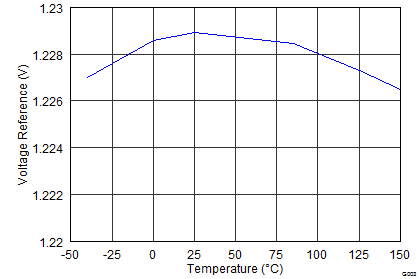 Figure 3. Feedback Voltage Reference vs Temperature
Figure 3. Feedback Voltage Reference vs Temperature 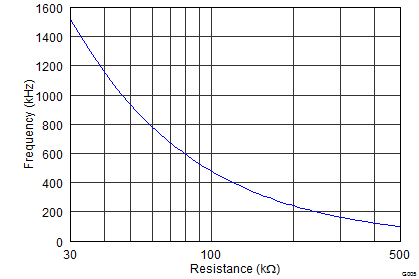 Figure 5. Frequency vs FREQ Resistance
Figure 5. Frequency vs FREQ Resistance 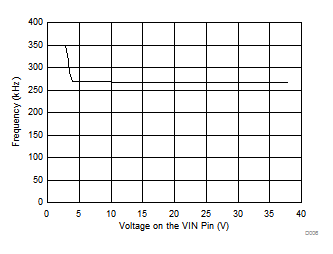
| TA = 25°C |
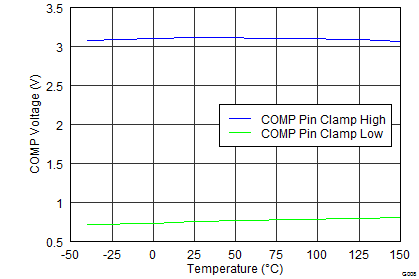 Figure 9. COMP Clamp Voltage vs Temperature
Figure 9. COMP Clamp Voltage vs Temperature 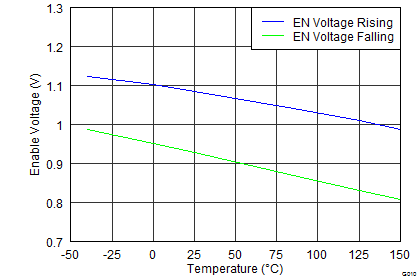 Figure 11. Enable Voltage vs Temperature
Figure 11. Enable Voltage vs Temperature 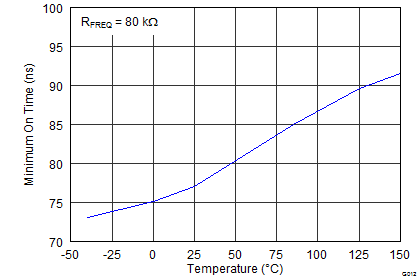 Figure 13. Minimum On Time vs Temperature
Figure 13. Minimum On Time vs Temperature 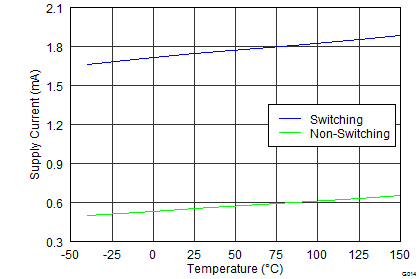 Figure 15. Supply Current vs Temperature
Figure 15. Supply Current vs Temperature 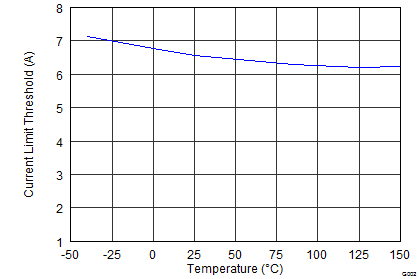 Figure 2. Switch Current Limit vs Temperature
Figure 2. Switch Current Limit vs Temperature 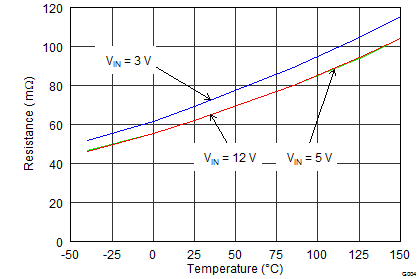 Figure 4. RDS(ON) vs Temperature
Figure 4. RDS(ON) vs Temperature 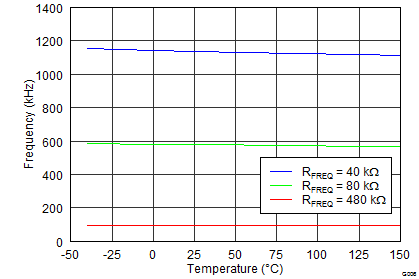 Figure 6. Frequency vs Temperature
Figure 6. Frequency vs Temperature 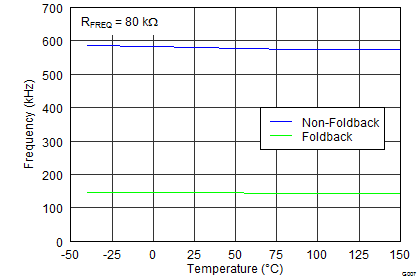
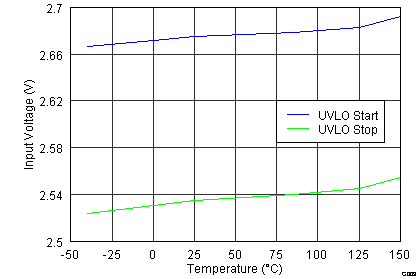 Figure 10. Input Voltage UVLO vs Temperature
Figure 10. Input Voltage UVLO vs Temperature 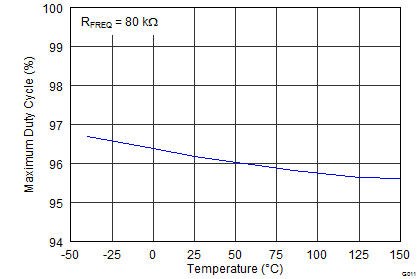 Figure 12. Maximum Duty Cycle vs Temperature
Figure 12. Maximum Duty Cycle vs Temperature 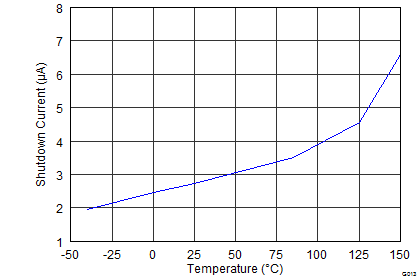 Figure 14. Shutdown Current vs Temperature
Figure 14. Shutdown Current vs Temperature